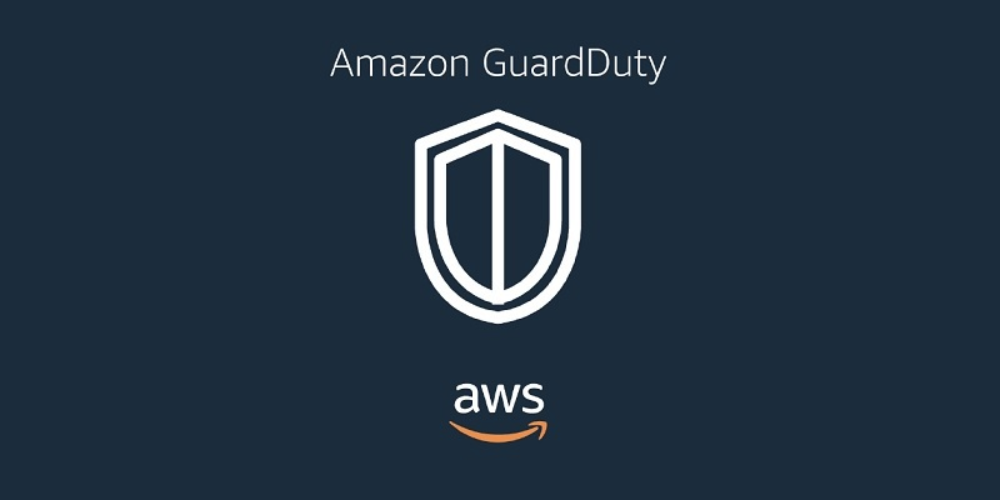Unlocking Security with Amazon GuardDuty: A Beginner's Guide
 Sumit Mondal
Sumit Mondal
Introduction:
In the ever-evolving landscape of cloud computing, ensuring the security of your AWS (Amazon Web Services) environment is paramount. With the rise of cyber threats, having a robust security strategy is crucial. Amazon GuardDuty, a managed threat detection service, can play a pivotal role in fortifying your AWS infrastructure. In this blog, we'll explore how to use Amazon GuardDuty in a simple and straightforward manner, accompanied by real-world examples.
Understanding Amazon GuardDuty:
Amazon GuardDuty is designed to continuously monitor and analyze your AWS environment for potential security threats. Leveraging machine learning, anomaly detection, and threat intelligence feeds, GuardDuty identifies malicious activity such as unusual API calls, unauthorized deployments, or compromised instances.
Getting Started:
Activate GuardDuty: To start using GuardDuty, navigate to the AWS Management Console, select the GuardDuty service, and click "Enable GuardDuty." This will activate the service for your AWS account.
Define Detector Settings: After activation, configure your detector settings. This includes specifying the AWS regions to monitor and setting up S3 buckets for storing findings.
Example:
Region: us-east-1
S3 Bucket: my-guardduty-findings-bucket
Enabling CloudTrail:
- Integrate with CloudTrail: GuardDuty works seamlessly with AWS CloudTrail, which logs AWS API calls. Enabling this integration enhances GuardDuty's ability to detect and analyze suspicious behavior.
Example:
{
"TrailName": "MyCloudTrail",
"S3BucketName": "my-cloudtrail-logs-bucket",
"IsMultiRegionTrail": true
}
- Review Findings: GuardDuty generates findings based on its analysis of CloudTrail events and other data sources. Regularly review these findings to stay informed about potential security issues.
Example Finding:
Title: UnauthorizedAccess:IAMUser/RootCredentialUsage
Description: Detected root credentials being used from an unusual location.
Taking Action:
- Integrate with CloudWatch Events: Automate responses to GuardDuty findings by integrating it with AWS CloudWatch Events. Set up rules to trigger Lambda functions or SNS notifications based on specific findings.
Example CloudWatch Event Rule:
{
"source": ["aws.guardduty"],
"detail-type": ["GuardDuty Finding"],
"resources": ["arn:aws:guardduty:us-east-1:123456789012:detector/12abc34d567e01f23a456b7c8d90ef2"],
"conditions": {
"stringEquals": {
"guardduty:severity": ["High"]
}
}
}
Conclusion:
In conclusion, Amazon GuardDuty serves as a vigilant guardian for your AWS environment, providing real-time threat detection and response capabilities. By following these simple steps and examples, you can leverage GuardDuty to enhance the security posture of your AWS infrastructure. Regularly monitoring findings, integrating with CloudWatch Events, and automating responses will empower you to stay one step ahead of potential security threats in the dynamic world of cloud computing. Guard your AWS fortress with GuardDuty, and embrace a more secure and resilient cloud environment.
Subscribe to my newsletter
Read articles from Sumit Mondal directly inside your inbox. Subscribe to the newsletter, and don't miss out.
Written by

Sumit Mondal
Sumit Mondal
Hello Hashnode Community! I'm Sumit Mondal, your friendly neighborhood DevOps Engineer on a mission to elevate the world of software development and operations! Join me on Hashnode, and let's code, deploy, and innovate our way to success! Together, we'll shape the future of DevOps one commit at a time. #DevOps #Automation #ContinuousDelivery #HashnodeHero